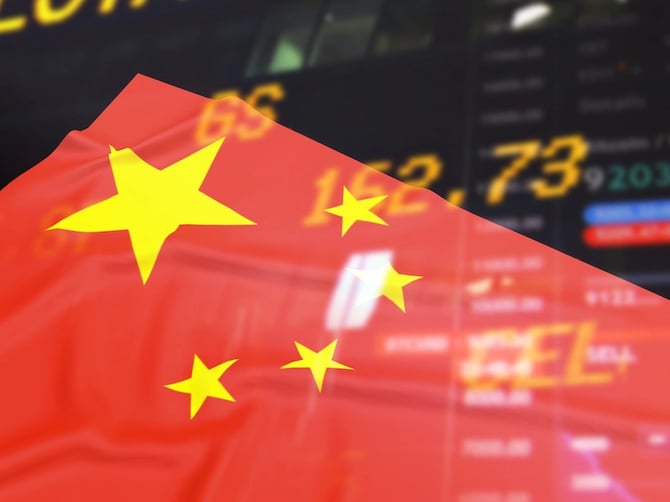China’s U.S.-Bound Trade Slumps as Exports Slow

China’s exports slowed in August, rising just 4.4% in dollar terms from a year earlier, the weakest pace since February and below the 5% economists had forecast. Imports inched up 1.3%, well short of expectations for 3% growth, reflecting sluggish domestic demand and a property market still under pressure.
The sharpest blow came from the U.S., where exports tumbled 33% year on year. Imports from America fell 16%, extending a broader contraction in bilateral trade. So far in 2024, China’s exports to the U.S. are down 15.5%, while imports have slipped 11%. Yet the U.S. remains China’s largest single-country trading partner, absorbing $283 billion worth of goods this year through August.
China is increasingly relying on alternative markets. Exports to the EU, ASEAN, Africa and Latin America surged 7.7%, 14.6%, 24.6% and nearly 6% respectively. Shipments to ASEAN alone rose 22.5% in August, highlighting Beijing’s efforts to diversify away from U.S. exposure.
What Does This Mean for Me?
Trade tensions remain unresolved. The tariff truce extended in August keeps U.S. duties at roughly 55% and Chinese tariffs at 30%, but negotiations have made little progress. Washington has imposed a 40% levy on rerouted goods, tightening scrutiny of transshipments that Chinese exporters have used to bypass tariffs. Meanwhile, rare earth exports jumped 22.6% to 5,792 tons in August, drawing renewed U.S. attention.
More News
.webp)
Japan’s Rate Shift Is Rippling Through Global Bond Markets

China’s Growth Engine Stalls as Consumers and Investors Pull Back

Egypt’s Recovery Gains Traction as Household Pressure Lingers

OECD Warns AI and Tariffs Will Test the Global Economy

Zero Tariffs, Higher Drug Bills as US and UK Reset Pharma Trade

Catastrophe Bonds Go Global as Climate Risk Meets Yield Hunting
.webp)
Canada Shields Steel and Lumber Industries From Tariffs
